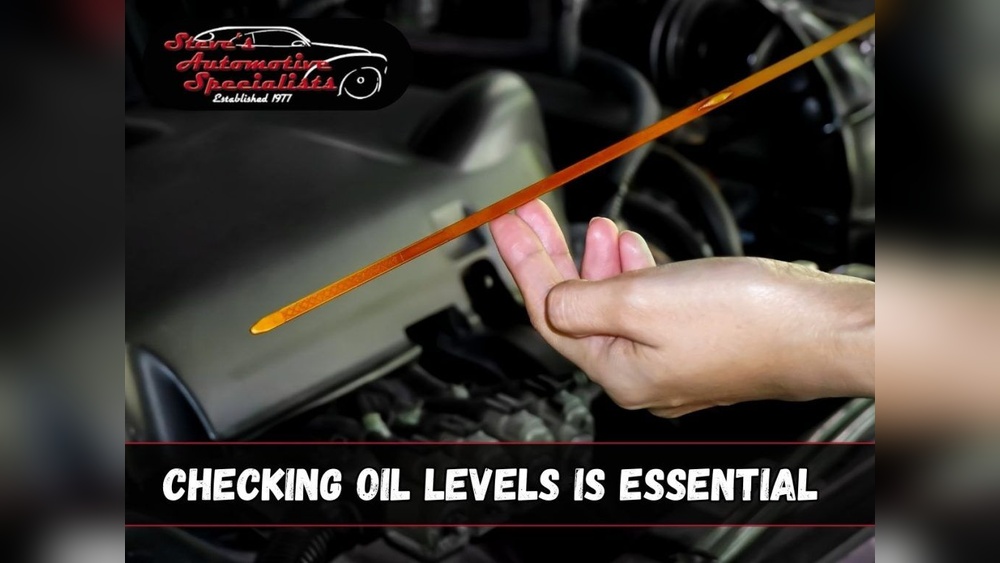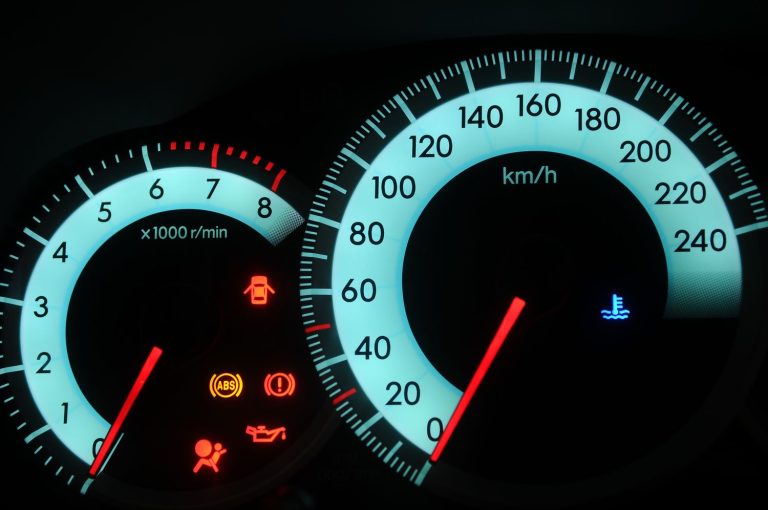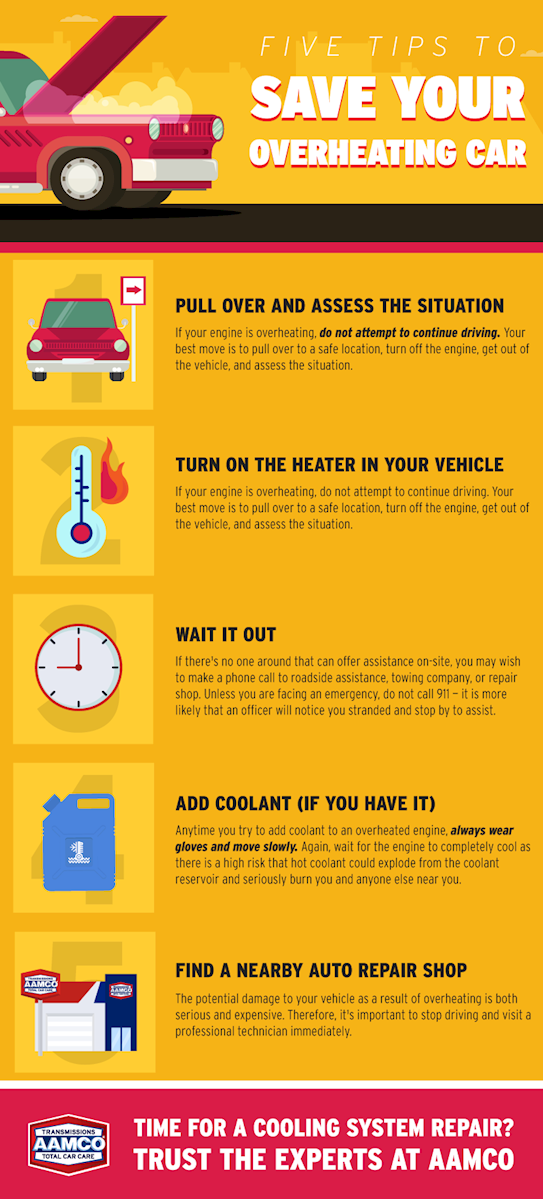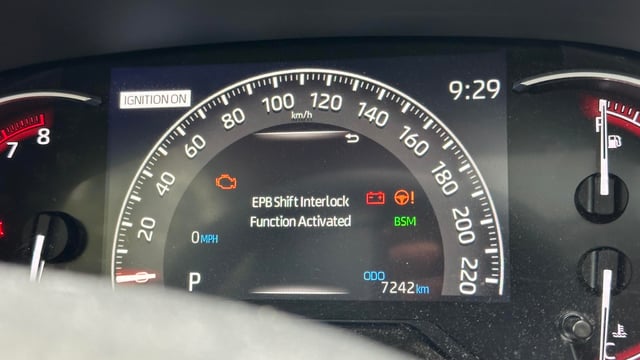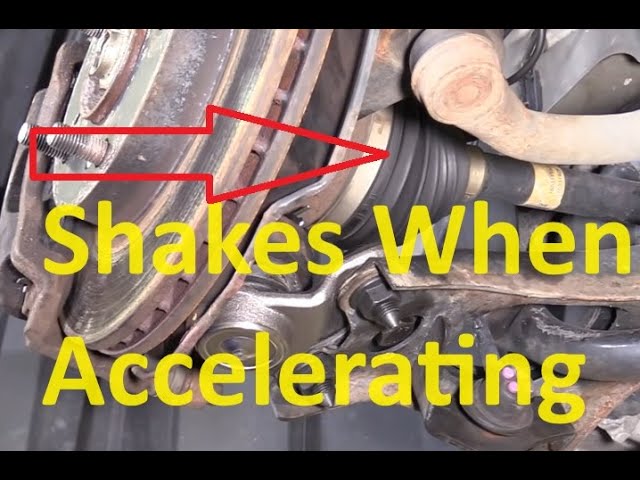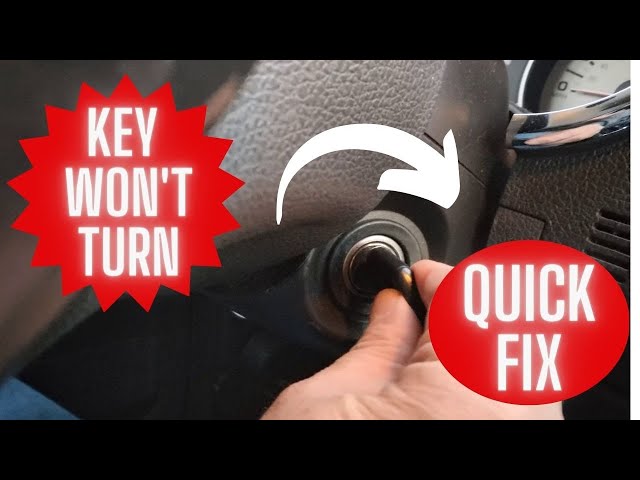How to Check Engine Oil in a Car Step by Step: Easy Guide
To check engine oil, park on level ground, turn off the engine, and let it cool. Open the hood, remove the dipstick, wipe it clean, reinsert fully, then pull it out again. Check the oil level against the marks. Add oil if it’s below the minimum.
By the end, you’ll have the confidence to check your engine oil quickly and easily, helping you avoid unexpected breakdowns and extend your car’s life. Ready to take control of your car’s health? Let’s dive in!

Credit: farrismotor.com
How to Check Engine Oil in a Car Step by Step
Prepare Your Car
Preparing your car before checking the engine oil is important for accurate results. Taking these simple steps helps you avoid mistakes and keeps you safe. Follow each step carefully to ensure the engine oil level reading is correct.
Park On A Level Surface
Find a flat and level area to park your car. A slope can cause the oil to settle unevenly. This affects the oil level reading and may give false results.
Turn Off The Engine
Switch off the engine and remove the key from the ignition. The oil needs time to settle back into the oil pan. Checking oil while the engine runs gives an incorrect level.
Allow The Engine To Cool
Wait for at least 10 minutes after turning off the engine. Hot oil can cause burns or injuries. Cooling lets the oil flow back into the pan for a proper check.
Read more: Why Does My Car Make Loud Humming Noise At Highway Speeds: Causes & Fixes
Locate The Dipstick
To check your car’s engine oil, start by locating the dipstick. This tool helps you measure oil levels. Finding it is simple and quick. Knowing its place saves time and avoids confusion during oil checks.
Open The Hood
First, open the car’s hood carefully. Look for the hood release inside the car, usually under the dashboard. Pull the release lever. Then, go to the front of the car and lift the hood. Secure it with the hood prop rod or latch to keep it open.
Find The Oil Dipstick
Next, find the oil dipstick inside the engine bay. It has a brightly colored handle, often yellow or orange. The dipstick is thin and long, designed to slide into the engine. Look near the engine block. Pull the dipstick out slowly to check oil levels later.
Check The Oil Level
Checking the oil level is a key step in car maintenance. It helps keep the engine running smoothly. Low oil can cause serious engine problems. This guide shows how to check the oil level clearly. Follow each step carefully for best results.
Remove And Clean The Dipstick
Open the car hood and find the dipstick. It usually has a bright handle. Pull the dipstick out slowly. Use a clean cloth or paper towel. Wipe the dipstick completely clean. This removes old oil for an accurate reading.
Read more: My Car Ac Works Intermittently Sometimes Cold Sometimes Warm: Quick Fixes & Tips
Reinsert And Remove The Dipstick
Put the dipstick back into its tube fully. Push it all the way down. Wait a few seconds to let oil settle. Pull the dipstick out again carefully. Hold it horizontally to see the oil level clearly.
Read The Oil Level
Look at the tip of the dipstick. Find the marks that show oil levels. The oil should be between the low and full marks. If oil is below the low mark, add oil. If it is at or near the full mark, the level is good.

Credit: www.theengineeringchoice.com
Inspect The Oil Condition
Inspecting the oil condition is a key step in checking your car’s engine oil. It helps you understand if the oil is still good or needs changing. Clean and healthy oil keeps your engine running smoothly. Dirty or old oil can cause engine damage.
Take a close look at the oil on the dipstick. Use your senses to check its color and texture. These signs tell you a lot about the oil’s health and the engine’s condition.
Check Oil Color
Fresh oil is usually amber or light brown. Dark or black oil means it has been used a lot. Very dark oil might have dirt or debris inside. If the oil looks milky or has a frothy layer, it may have water or coolant mixed in. This is a sign of engine problems.
Feel The Oil Texture
Rub a little oil between your fingers. It should feel smooth and slippery. Gritty or rough oil means it has dirt or metal particles. Thick, sticky oil can’t flow well in the engine. This can cause poor engine performance. Clean oil protects engine parts and reduces wear.
Add Oil If Needed
Adding oil to your car is simple but must be done with care. Too little oil harms the engine. Too much oil can cause damage. Follow these steps to add oil safely and keep your engine running smoothly.
Choose The Right Oil
Check the car manual for the correct oil type. Use the oil grade recommended by the manufacturer. Using the wrong oil can reduce engine life. Buy oil from a trusted brand to ensure quality.
Add Oil Carefully
Open the oil filler cap slowly. Use a clean funnel to avoid spills. Pour small amounts of oil at a time. Stop often to check the oil level. Avoid overfilling the engine with oil.
Recheck The Oil Level
Wait a minute after adding oil to let it settle. Pull out the dipstick and wipe it clean. Insert it fully and remove it again. Check the oil level on the dipstick. Add more oil only if needed.

Credit: www.carsales.com.au
Frequently Asked Questions
How Often Should I Check My Car’s Engine Oil?
Check engine oil at least once a month or every 1,000 miles to keep your engine healthy.
What Is The Best Time To Check Engine Oil?
Check engine oil when the engine is cool and the car is parked on level ground.
How Do I Know If My Engine Oil Needs Changing?
If the oil looks dark, thick, or smells burnt, it’s time to change the oil.
Conclusion
Checking your car’s engine oil is simple and important. It helps keep your engine healthy and your car running well. Follow each step carefully to get the right reading. Regular checks prevent costly repairs and keep your car safe. Take a few minutes every month to check the oil level.
Small effort, big benefits. Keep your car in good shape with this easy habit.

